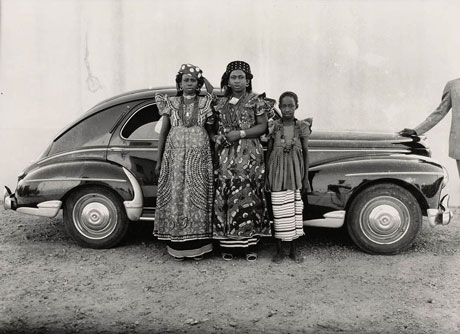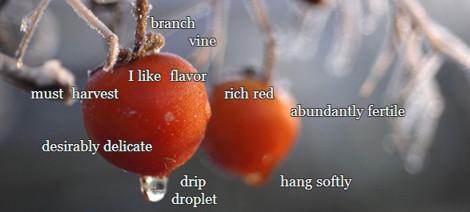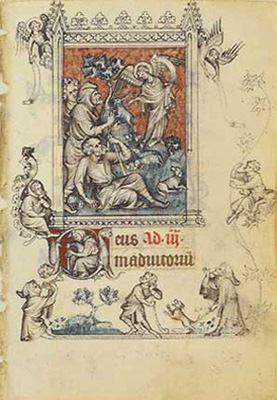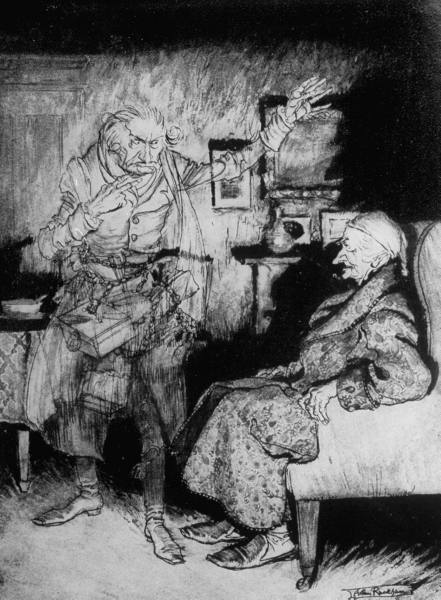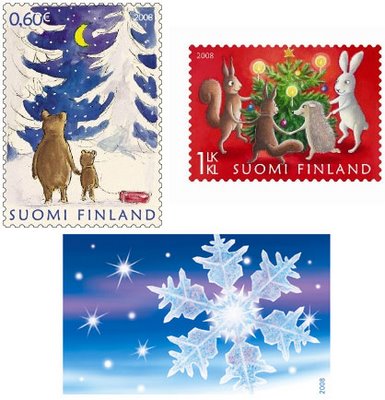[youtube=http://au.youtube.com/watch?v=D1EOJr11bvo]
Viewing a Velasquez or a Rembrandt in a place like Spain’s Prado museum is a unique experience. Now you can use Google Earth technology to navigate reproductions of the Prado’s masterpieces, delving even deeper into the Prado’s collection. In Google Earth, you can get close enough to examine a painter’s brushstrokes or the craquelure on the varnish of a painting. The images of these works are about 14,000 million pixels, 1,400 times more detailled than the image a 10 megapixel digital camera would take. In addition, you’ll be able to see a spectacular 3D reproduction of the museum.
You can have this exquisite experience in Google Maps. There are 3 paintings you can currently view here, with a new painting a day after that for the next two weeks. I zoomed into Bosch’s ‘The garden of earthly delights’ and saw some very strange things happening in detail.
If you visit the Prado museum in Spain through Google Earth like I did, you’ll be able to view paintings in high resolution, as I did when I clicked on Goya’s ‘The 3rd of may’. Here’s what it says once you get there:
We present a virtual tour of fourteen masterpieces from the Museo Nacional del Prado, displayed in ultra high resolution, enabling you to see details of the paintings that have never been seen before. Thanks to the high resolution of the digital images, you can view the whole painting or zoom in on a small fragment. Given the plethora of masterpieces housed at the Museum, choosing which works to include was no easy task but this selection represents the best of the collection.
What a way to learn; you can zoom into these works of art from wherever you are.
Jonathan Jones has a great art blog on guardian.co.uk has an interesting post with the pros and cons of this virtual art gallery.
I’ll get off now so you can get on with the virtual trip. Have fun.

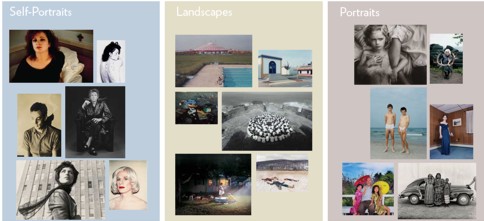 The
The